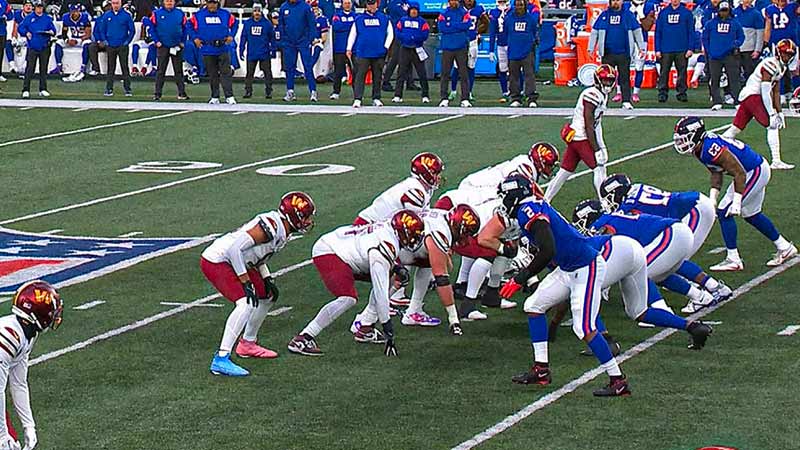In the intricate tapestry of American football, secondary positions stand as the linchpin of defensive strategies.
From the nimble cornerbacks tasked with locking down receivers to the versatile safety mechanisms orchestrating coverage and the specialized roles of Nickelback and dimeback, the secondary positions form a dynamic defensive force.
This blog post delves into the intricacies of each role, unravelling the skills and strategies essential for success.
Whether you’re a die-hard football enthusiast seeking a more profound understanding or a player aspiring to dominate in the secondary, this exploration promises insights into the nuanced world of American football’s defensive backfield. So, stay sharp.
The Basics of American Football Secondary Positions
In American football, the secondary positions refer to the players who line up behind the linebackers and are primarily responsible for defending against passes and providing support against the run.
The secondary is a crucial part of the defence and is tasked with preventing the opposing team’s receivers from catching passes and making big plays. The primary positions in the football secondary are:
Cornerback (CB)
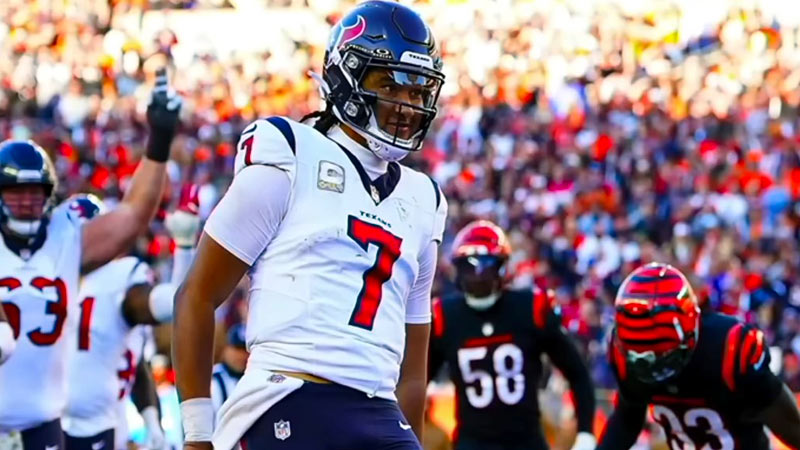
Cornerbacks are usually the fastest and most agile players on the defense. Their primary responsibility is to cover the opposing team’s wide receivers, preventing them from catching passes.
Cornerbacks need excellent man-to-man coverage skills and the ability to anticipate and react quickly to the quarterback’s throws.
Safety (S)
There are two types of safeties
- Free Safety (FS): The free safety is typically positioned deep in the secondary. They are responsible for covering a large area of the field and providing support to the cornerbacks. Free safeties need good ball-hawking skills and the ability to read the quarterback’s intentions.
- Strong Safety (SS): The strong safety is usually positioned closer to the line of scrimmage. They play a more physical role, providing run support and covering tight ends and slot receivers. Strong safeties are often involved in stopping the run and blitzing the quarterback.
Nickelback (Nickel)
While not technically a starting position, the Nickelback is a specialized role that comes into play when the defense anticipates a passing situation.
When the opposing offence uses three or more wide receivers, a team may substitute a linebacker or defensive lineman with an extra defensive back, known as the Nickelback.
Nickelbacks are typically cornerbacks that can cover in the slot and provide additional pass defense.
Dimeback (Dime)
Like the nickelback, the dimeback is a defensive backfield position that comes into play in obvious passing situations.
The dieback replaces another linebacker or defensive lineman, adding even more pass coverage to the secondary.
Dime packages involve six defensive backs and are used when teams expect the offence to pass the ball frequently.
These secondary positions form a cohesive unit that disrupts the opposing team’s passing game and limits their offensive success.
Different Secondary Positions And Their Roles
In American football, the secondary positions play a critical role in the defense, specializing in pass coverage and providing support against the run.
Comprising cornerbacks, safeties, nickelbacks, and dimebacks, each position brings unique skills to create a robust defensive backfield. Here are the primary secondary positions and their roles:
Role of Cornerback (CB)
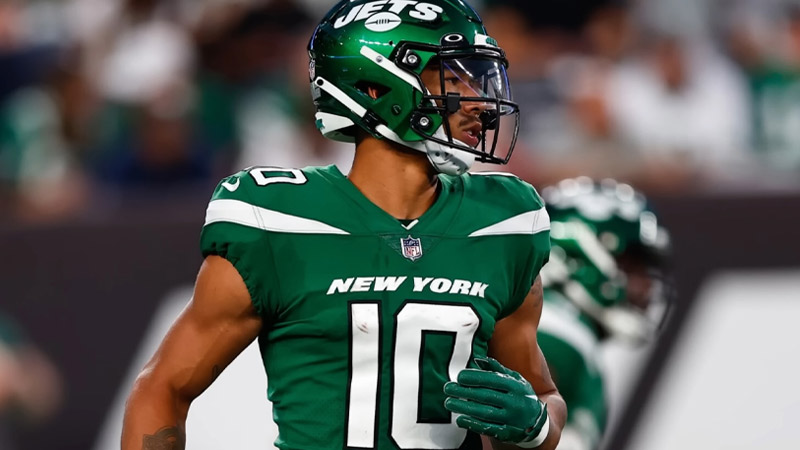
Cornerbacks excel in one-on-one coverage against wide receivers, relying on their speed and agility to shadow opposing players and disrupt passing routes.
They must possess exceptional man-to-man coverage skills, staying tightly connected to their assigned receiver and preventing successful pass completions.
Cornerbacks need sharp ball awareness, anticipating the quarterback’s throws to make crucial interceptions and break up passes effectively.
Role of Safety (S)
Free safeties patrol the deep part of the field, acting as the last line of defence against long passes. Their ability to read the quarterback’s intentions is crucial for preventing big plays.
Strong safeties play closer to the line of scrimmage, providing run support and physical coverage against tight ends and slot receivers. They are often involved in stopping the run and blitzing the quarterback.
Safeties must be versatile, seamlessly transitioning between pass coverage and run support based on the offensive situation.
Duties of Nickelback (Nickel)
Nickelbacks specialize in covering receivers in the slot, often facing quicker and more agile opponents. Their role becomes crucial in passing situations, especially when the offense deploys three or more wide receivers.
Nickelbacks may be called upon to blitz the quarterback, adding a layer of unpredictability to the defense while maintaining their coverage responsibilities.
Responsibilities of Dimeback (Dime)
Dimebacks strengthen pass coverage by joining the defensive backfield in situations where the opposing offense is likely to pass frequently.
Dime packages involve substituting another defensive player with a dime back, showcasing the defence’s adaptability to specific offensive strategies.
Dimebacks contribute to strategies that utilize six defensive backs, creating a formidable obstacle against potent passing attacks.
Strategy in American Football Secondary Positions
In American football, deploying secondary positions is vital for defensive success.
Coaches employ various tactics and schemes to optimize the strengths of cornerbacks, safeties, nickelbacks, and dimebacks.
Here are critical strategic considerations for maximizing the effectiveness of secondary positions:
Man-to-Man vs. Zone Coverage
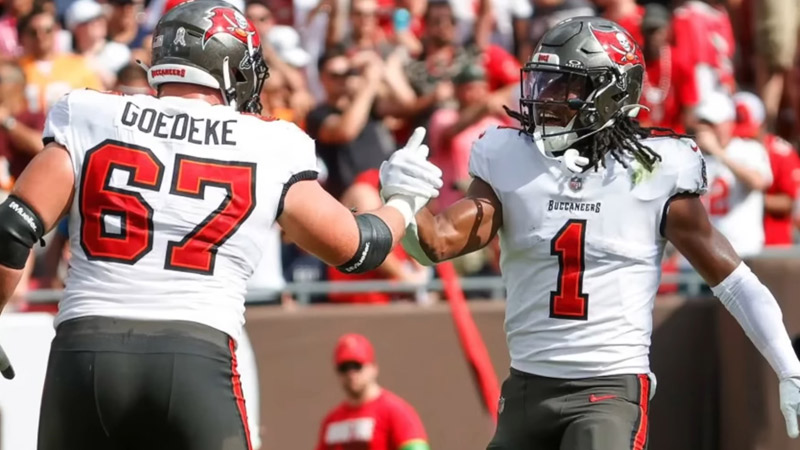
Coaches assess the skill set of their defensive backs and strategically choose between man-to-man and zone coverage. Cornerbacks adept at one-on-one situations might thrive in man coverage, while a cohesive zone defense may capitalize on the collective awareness and communication of the secondary.
Press Coverage vs. Off Coverage
Employing press coverage involves cornerbacks physically challenging wide receivers at the line of scrimmage, disrupting their routes and timing with the quarterback.
This strategy is effective when looking to disrupt the rhythm of the passing game.
Off coverage, where defensive backs give receivers more space at the line, can be strategic to prevent big plays. This approach emphasizes maintaining a cushion to defend against deep passes and capitalize on mistakes.
Blitzing Safeties and Nickelbacks
Coaches strategically incorporate safeties and nickelbacks into blitz packages to add surprise to the pass rush. This pressures the quarterback and disrupts the offensive line’s protection schemes.
While blitzing, coaches must weigh the potential benefits against the risk of leaving the secondary vulnerable. Effective communication and well-timed blitzes enhance the overall defensive strategy.
Adapting to Offensive Formations
Coaches employ nickel and dime packages based on the offensive formations. When facing three or more wide receivers, nickel and dimebacks are inserted to enhance pass coverage.
This strategic adaptation aims to neutralize the opposing team’s passing strengths.
Secondary players with versatility are invaluable. Players who can seamlessly shift between positions provide coaches with flexibility, allowing them to adjust their defensive alignment in response to various offensive sets.
Ball-Hawking and Turnover Emphasis
Emphasizing ball-hawking skills within the secondary encourages players to seek interceptions and force turnovers actively.
A turnover can swiftly shift momentum in favour of the defensive team, influencing the game’s outcome.
Coaches implement drills and strategies to enhance the secondary’s ability to create turnovers, emphasizing awareness, anticipation, and aggressive play without sacrificing fundamental coverage responsibilities.
Tips to Develop Skills for Secondary Positions
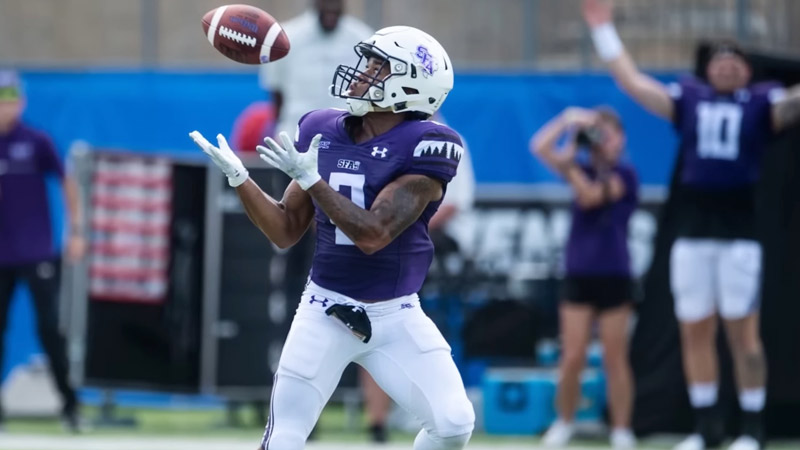
Developing skills for secondary positions in American football requires a combination of physical conditioning, mental preparation, and specialized training.
Secondary positions, such as cornerback and safety, demand a unique skill set distinct from the primary positions.
Here are eight essential tips to help aspiring players enhance their abilities in these crucial roles:
Speed and Agility Training
Speed is paramount in secondary positions. Players must cover ground quickly to keep up with fast receivers.
Incorporate speed drills, agility ladder exercises, and cone drills into your training routine. Focus on short bursts of acceleration to mirror the unpredictable movements of opposing players.
Footwork Excellence
Exceptional footwork is a hallmark of successful defensive backs. Work on quick directional changes, backpedalling, and lateral movements.
Developing precise footwork allows players to maintain proper positioning, change direction swiftly, and react effectively to the actions of the opposing offence.
Ball Awareness and Tracking
A keen sense of ball awareness is crucial for intercepting passes and disrupting plays—practice tracking the ball in the air during drills.
Train your eyes to follow the quarterback’s movements, helping you anticipate throws and make timely interceptions. Develop the ability to judge the trajectory of the ball accurately.
Man-to-Man and Zone Coverage Techniques
Secondary players must be proficient in both man-to-man and zone coverage. Practice one-on-one coverage techniques, including press coverage and mirroring the receiver’s movements.
Understand zone concepts, such as reading the quarterback’s eyes and recognizing offensive formations, to cover designated field areas effectively.
Tackling Fundamentals
Although secondary players are known for their coverage skills, solid tackling remains a fundamental aspect of their game. Focus on tackling techniques that ensure both efficiency and safety.
Improve your ability to break down in space, maintain leverage, and wrap up the ball carrier securely. Tackling drills should be a regular part of your training regimen.
Film Study and Mental Preparation
Mental acuity is as critical as physical prowess in secondary positions. Dedicate time to studying game film, analyzing opponents’ tendencies, and understanding offensive strategies.
Recognize formations, predict plays, and enhance your football IQ. Mental preparation enables quicker decision-making on the field, contributing to successful defensive efforts.
Physical Conditioning and Endurance
Secondary players cover a substantial amount of ground during a game, requiring excellent endurance. Implement cardiovascular conditioning exercises to improve stamina.
Combine aerobic workouts with high-intensity interval training (HIIT) to simulate the intermittent nature of football and ensure you remain effective throughout the entire game.
Position-Specific Drills
Tailor your training to position-specific drills that simulate in-game scenarios. Work on backpedalling and transitioning from backpedal to sprint.
Practice jamming receivers at the line of scrimmage and recovering from initial contact. Incorporate reaction drills that challenge your ability to read and respond to the movements of opposing players.
Mastering secondary positions in American football demands a comprehensive approach that addresses the game’s physical and mental aspects.
By focusing on speed, footwork, ball awareness, coverage techniques, tackling fundamentals, film study, physical conditioning, and position-specific drills, aspiring players can develop the skills necessary to excel in these critical roles.
Consistent and targeted training will contribute to a well-rounded skill set, enhancing overall performance on the football field.
FAQs
What is the primary role of a cornerback in American football?
Cornerbacks play a crucial role in pass defense by covering wide receivers. They excel in man-to-man coverage, using their speed and agility to shadow opponents.
Ball awareness is critical, as cornerbacks aim to disrupt passes, create turnovers, and prevent successful receptions.
How do safeties contribute to the defense in American football?
Safeties provide a versatile defensive presence. Free safeties patrol the deep field, preventing long passes, while strong safeties support against the run and cover tight ends.
Their adaptability is vital, seamlessly transitioning between pass coverage and run support based on the offensive situation.
What distinguishes the roles of Nickelback and dimeback in secondary football positions?
Nickelbacks specialize in slot coverage, countering shorter, quicker routes. Dimebacks extend this role in situations requiring enhanced pass coverage, contributing to dime packages with six defensive backs.
Both positions demand versatility, agility, and the ability to adapt to various offensive formations seamlessly.
How can players improve their skills for secondary positions in American football?
To enhance skills for secondary positions, focus on speed and agility training, ball-hawking drills, man-to-man and zone coverage techniques, fundamental tackling, and recognizing run plays.
Simulated game scenarios during practice contribute to adaptability, confidence, and composure in real-game situations.
When and why are nickel and dime packages employed in American football?
Nickel packages are used when facing three or more wide receivers, substituting a linebacker with a nickelback for specialized slot coverage.
Dime packages involve six defensive backs and are employed in more pass-oriented situations, providing additional coverage against potent passing attacks.
Wrapping Up
As we conclude our exploration of American football’s secondary positions, it becomes evident that these roles are not merely positions on the field but intricate elements of a strategic defensive mosaic.
Each role adds a unique dimension, from cornerbacks displaying prowess in one-on-one battles to safeties providing a versatile defensive shield and the nuanced contributions of nickelbacks and dimebacks.
The synergy between speed, agility, and tactical awareness is unveiled, showcasing these defenders’ critical role in stifling opposing offences.
Whether you’re a fan marvelling at the game’s complexity or a player aiming for mastery, understanding the intricacies of secondary positions unlocks a deeper appreciation for the strategic dance that unfolds on the gridiron. Thank you so much.

